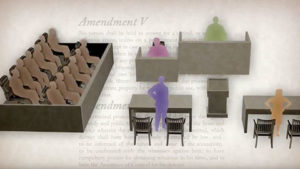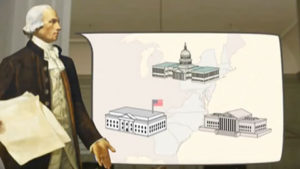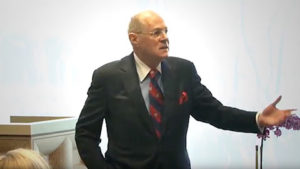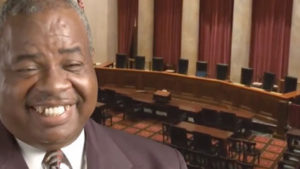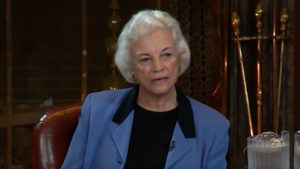The Sixth Amendment provides rights and protections to people accused of crimes. These include the right to a speedy and public trial by an impartial jury; the right to be informed of the charges; the right to confront adverse witnesses, and the right to counsel.
